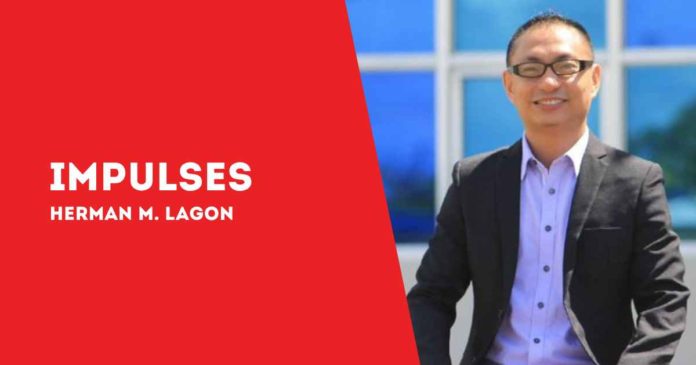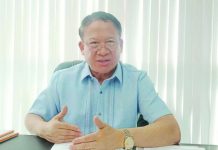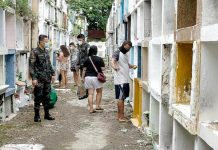
THERE IS something heartbreaking yet numbing about reading a Grade 9 essay that begins with “Win I grown, i wanna 2 be nars.”
This is not just a spelling error or a typing mistake. It is the voice of a learner four to five years behind the expected reading and writing level, as reported in the Second Congressional Commission on Education’s (EDCOM 2) Year Two Report.
These are not isolated stories. Across public classrooms in the Philippines, many students cannot read fluently, comprehend meaningfully, or write coherently, even after a decade in school. When words fail to take root, the entire futures fail to blossom. And we, as a nation, lose our voice — slowly, quietly, devastatingly.
The latest Functional Literacy, Education, and Mass Media Survey (FLEMMS 2024) revealed an even more sobering truth: more than 18 million Filipino high school graduates are functionally illiterate. That means they may have completed 12 years of school but are still unable to fully comprehend a basic story, process written information, or apply it in everyday situations.
One out of five senior high school graduates cannot read with understanding. These are not just cold statistics — they are your neighbors, your coworkers, your children. They graduate with diplomas that promise readiness, only to step into a world for which they are painfully unprepared. And the irony is cruel: we celebrate graduation rites, but quietly mourn the meaning lost between the lines of their certificates.
The learning crisis in the Philippines has morphed into a literacy disaster. EDCOM 2 confirmed what many teachers have long sensed: Filipino students, even those in high school, often struggle with Grade 3-level competencies.
The Functional Literacy, Education, and Mass Media Survey (FLEMMS) puts the literacy gap starkly — only 31% of college students are functionally literate. Meaning, even those who make it to tertiary education lack the basic skills of reading, writing, and understanding texts critically. This is not just a matter of failing tests; it’s about being unprepared for life. These are the same young people who are expected to lead families, businesses, and barangays tomorrow.
But while the numbers are grim, wallowing in despair is not an option. The truth is, we already know what the problems are: massive dropout rates, outdated textbooks, teaching loads that mismatch specializations, paper-pushing teachers, classrooms that flood when it rains, and children who would rather work than go to school because lugaw does not pay the bills.
The better question is: What can we do with what we already have?
Instead of waiting for the perfect solution or a miracle budget, perhaps it is time to turn to smaller, community-based reforms and courageous leadership — one school, one barangay, one child at a time.
Take, for example, the concept of “porous education” raised by EDCOM 2 Executive Director Karol Yee. He argues that students should not be penalized for leaving school, especially if life demands it. Instead, systems should allow them to return easily.
Why not offer weekend and evening classes in barangay halls? It’s not expensive. We already have thousands of licensed but unemployed teachers in the country. Partner them with LGUs. Tap community libraries, or even sari-sari stores willing to lend space for literacy corners.
These micro-solutions, when multiplied, can go macro over time. They do not fix everything, but they open the doors wider — and that’s a start. (To be continued)/PN







